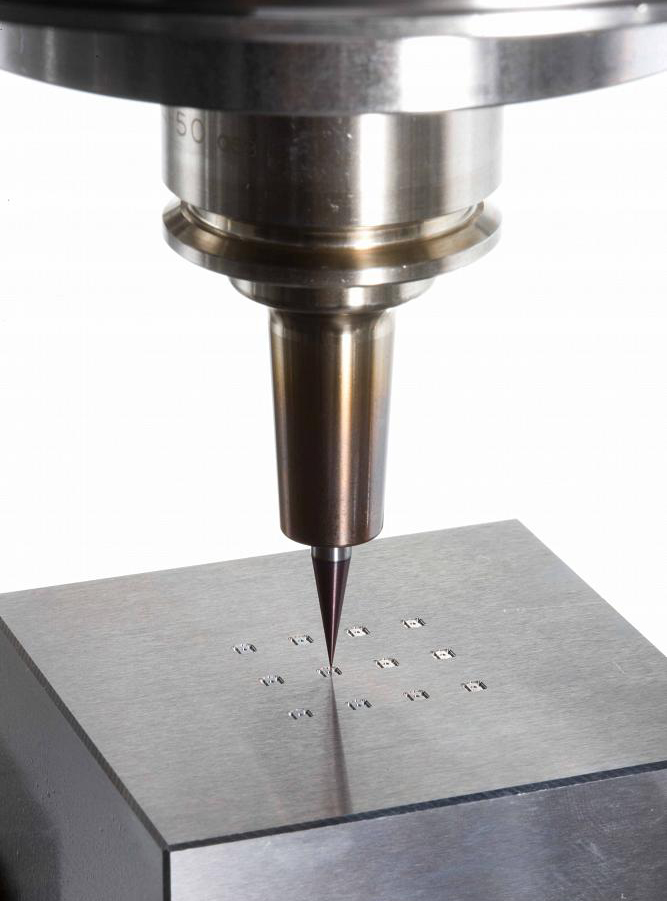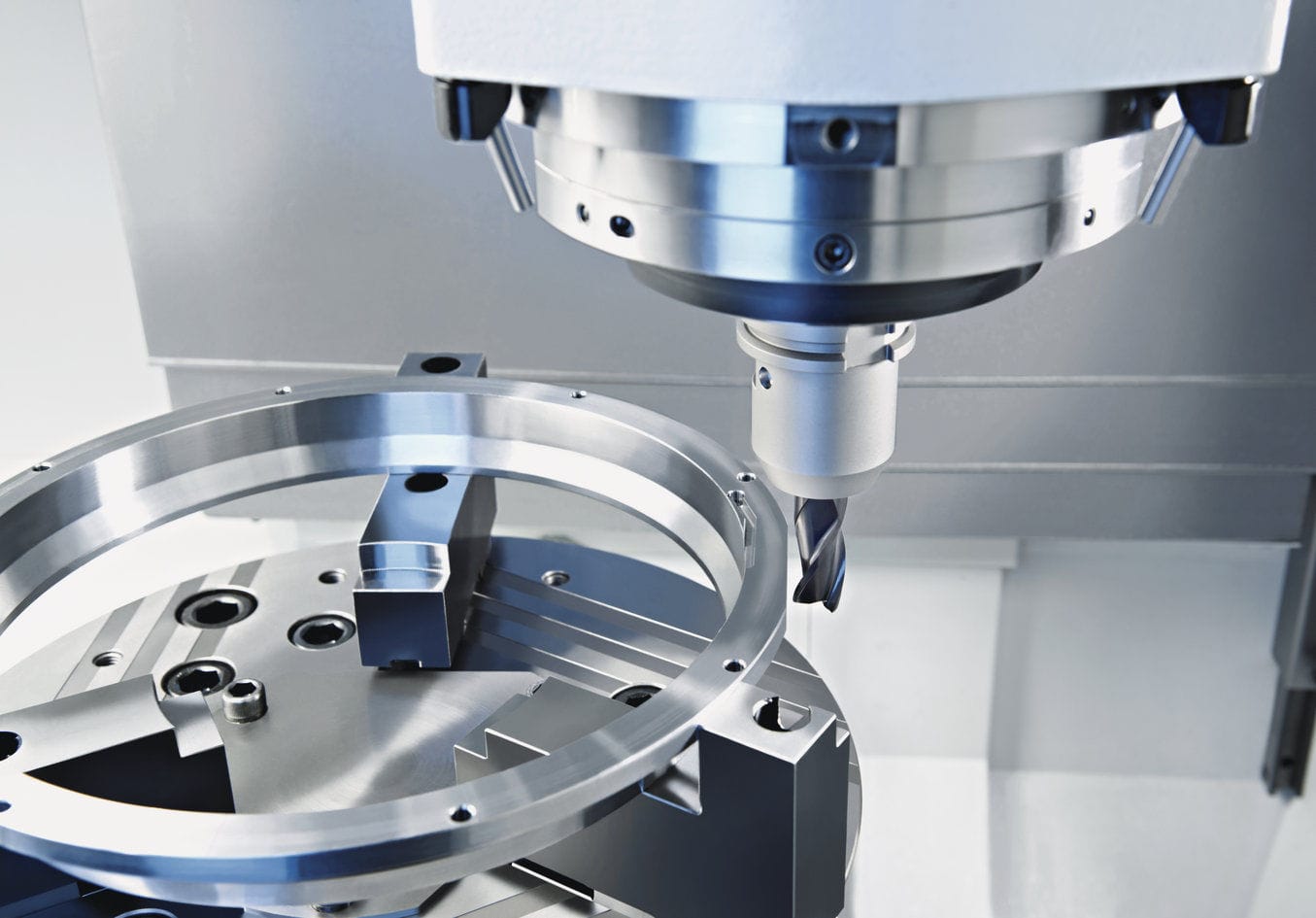Micro-Machining

Micro part manufacturing is needed in more industries than ever before. At CONWEAL, we’re helping companies of every size and description meet the challenge of precision micro machining to micron-level tolerances. As applications grow in complexity and shrink in size, CONWEAL provide micro milling solutions with the high-accuracy machining necessary to produce miniature parts.
With tolerances routinely machined to .0001″, internal or external threading is common on micro machined parts. Here at CONWEAL, we stretch the limits by micro machining tighter tolerances and more surface critical finishes.
4/5 Axis Milling

Talk about this portfolio piece–who you did it for and why, plus what the results were (potential customers love to hear about real-world results). Discuss any unique facets of the project–was it accomplished under an impossible deadline?–and show how your business went above and beyond to make the impossible happen.
Turn-Milling

Equipped with sophisticated multitasking lathes, CONWEAL can produce very complicated parts which require multiple operations to complete in one cycle to reduce time lost during part handling and the possibility for error in part reloading.
CONWEAL can machine from bar stock to finished parts, top and bottom, front and back, inside and out, all in the same machine.
Here are some of the specific challenges that CONWEAL can address with the state-of-art turn-milling machines:
- High metal removal. If a turned part requires a lot of material to be removed, turn-milling may be able to do this more efficiently.
- Interrupted cuts. Turning tools tend not to do well in interrupted cutting, but a milling tool can fare much better. A milling cut is already an interrupted cut by definition. In the region of the workpiece where the cut becomes interrupted, it may make sense to switch from turning to turn-milling.
- Stringing chips. The “bird’s nest” produced by the stringing chip in some materials won’t build up when the part is turn-milled instead of turned. One consequence of milling’s inherently interrupted cut is that chips are cut into small pieces.
- Flexible shafts. When the turned part is long, slender and not braced in the middle, turn-milling may prevent it from deflecting. Compared to turning, milling can remove the material with less tool pressure.
- Tool life. In a hard-to-machine metal, a single turning insert might not be able to deliver enough tool life to last to the end of the cut. A milling tool can cut longer, because it has multiple inserts to divide the load. By enduring the complete cut, the milling tool can eliminate the risks involved with changing tools in mid-operation.
- Eccentric diameters or odd shapes. The radial (X-axis) motion of the milling cutter can be coordinated with the rotation of the workpiece to machine profiles other than perfect circles. The milling cutter moving in and out while the workpiece turns—can also be used to generate off-center features without having to change the setup. The off-center pin on a crankshaft could be an example of this.
